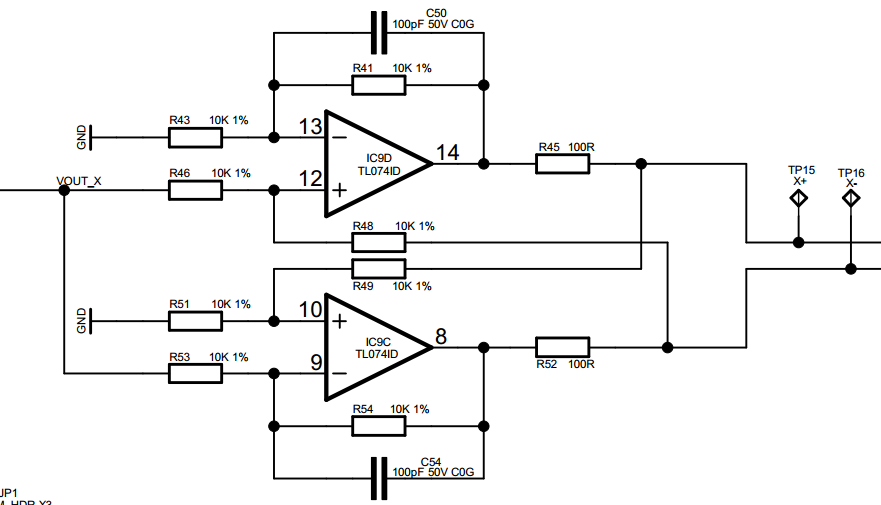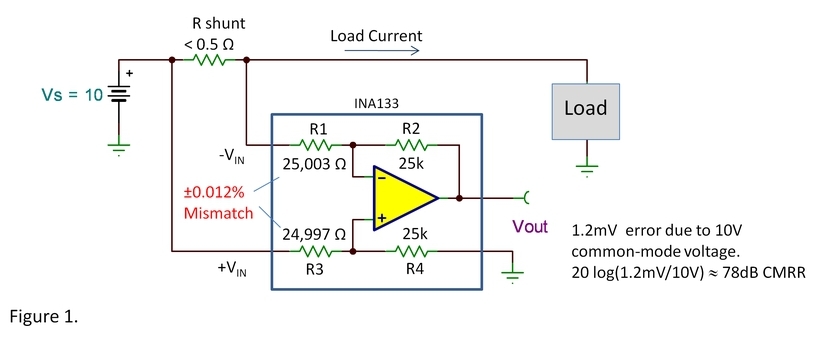Matador
Well-known member
Does anyone have any resources for designing an op-amp with fully differential outputs?
There are plenty of examples of single-ended output op-amps, but I'm think something more along the lines of the AD8138:

I'm thinking: if you took a standard LTP differential pair like this:

Neglecting current drive (e.g. output) capabilities, if the two outputs were buffered, they could be returned to each of the inverting and non-inverting inputs with a standard differential amplifier topology, and this simple circuit should be able to provide two buffered differential outputs., right?
I haven't seen any published plans for a differential output discrete amplifier, so any leads are welcome.
There are plenty of examples of single-ended output op-amps, but I'm think something more along the lines of the AD8138:

I'm thinking: if you took a standard LTP differential pair like this:

Neglecting current drive (e.g. output) capabilities, if the two outputs were buffered, they could be returned to each of the inverting and non-inverting inputs with a standard differential amplifier topology, and this simple circuit should be able to provide two buffered differential outputs., right?
I haven't seen any published plans for a differential output discrete amplifier, so any leads are welcome.




































